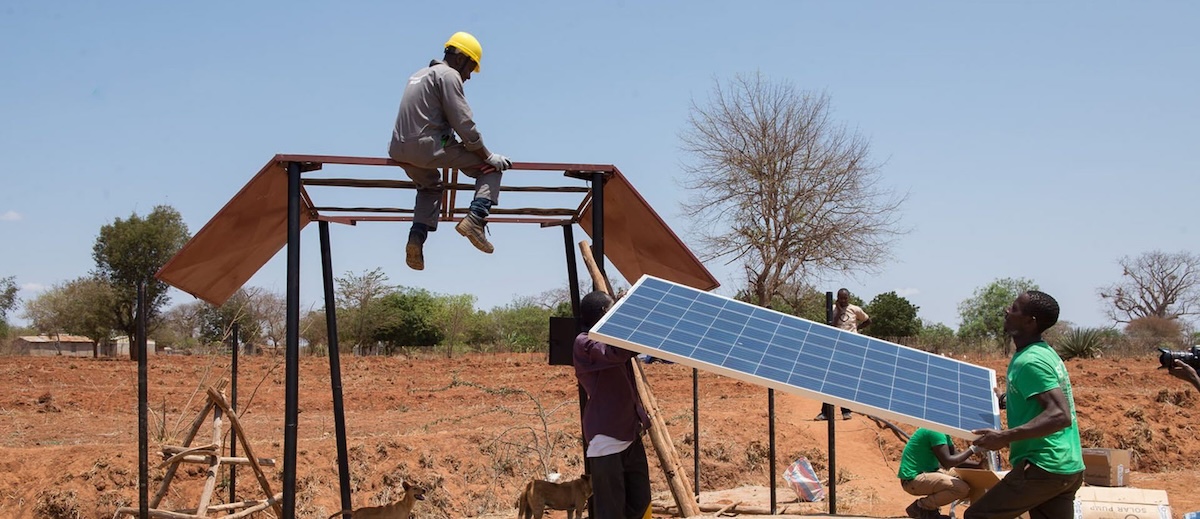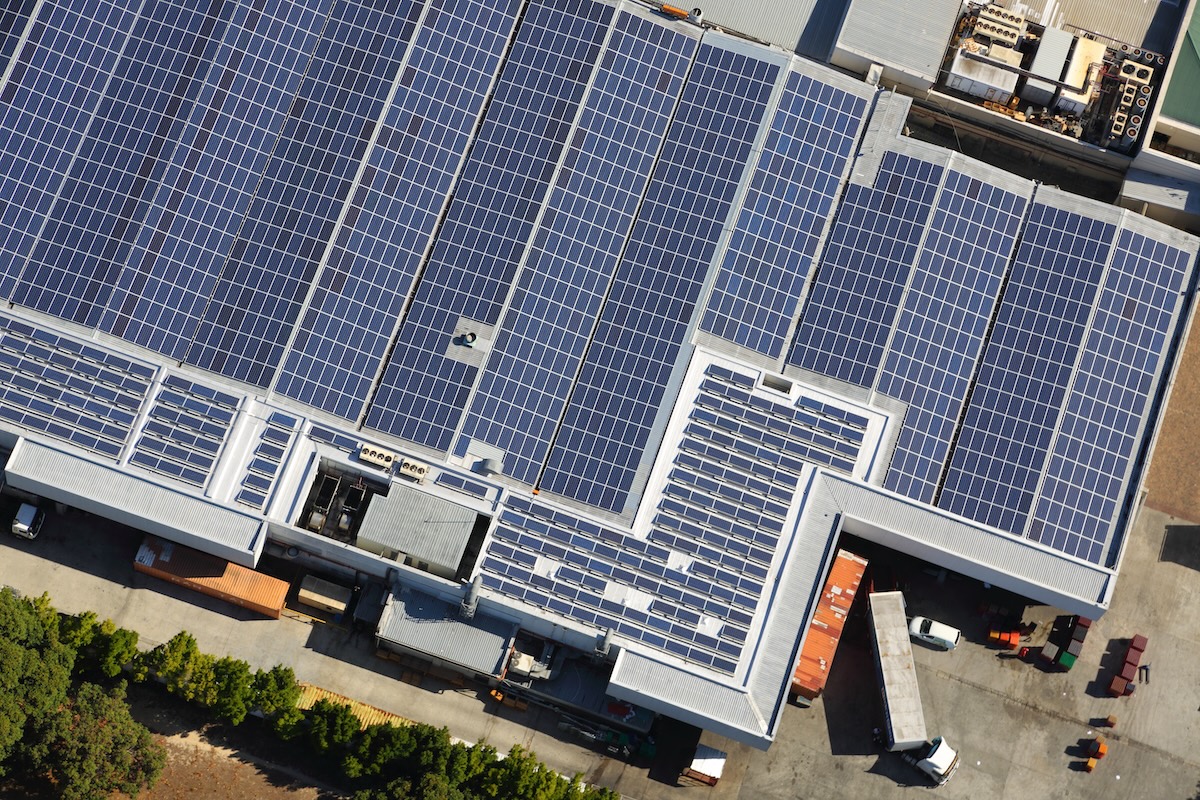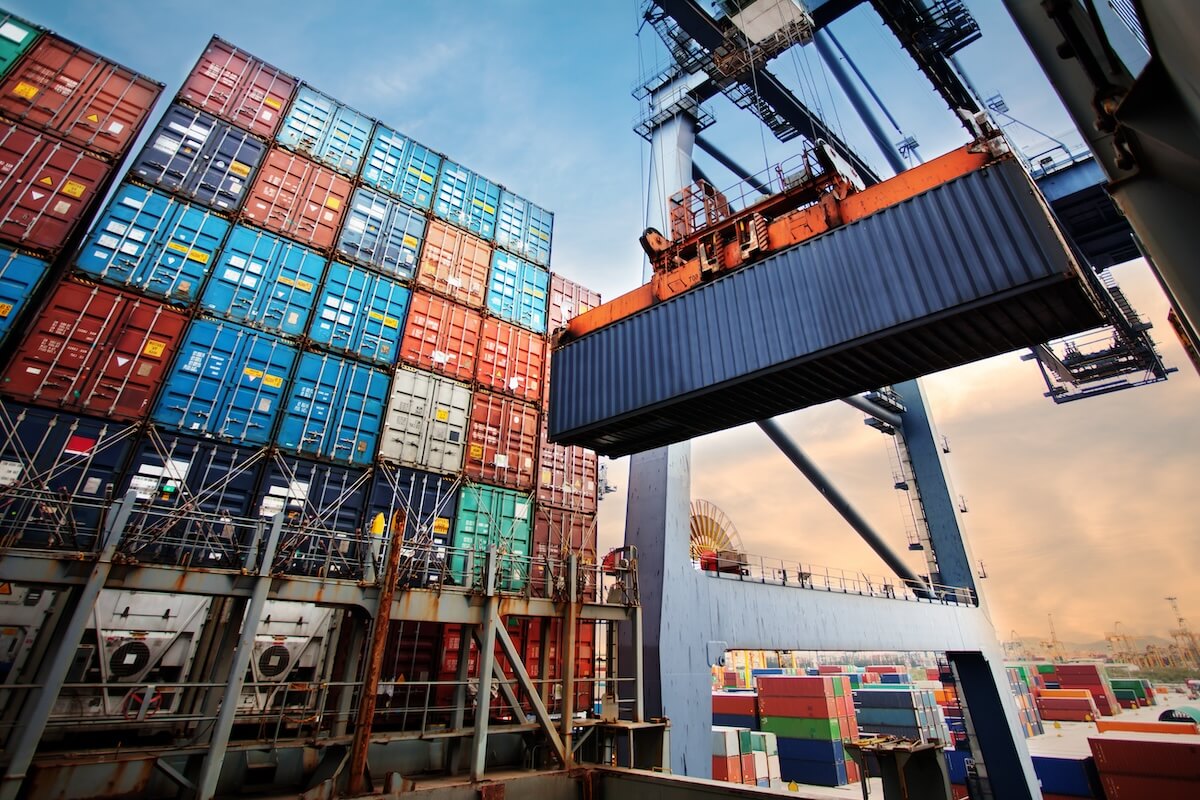African countries have huge infrastructure needs, and governments need private investment to help meet them, particularly considering increasing climate impacts and green development agendas. Local pension funds and other institutional investors are a significant but untapped source of finance.
Two examples of pension fund consortiums, in Kenya and South Africa, offer promising models for engaging Africa’s institutional investors in closing the infrastructure financing gap and meet the continent’s growing infrastructure development needs. In just three years, these two consortiums have unleashed more than $500 million in new infrastructure finance. Imagine the possibility if all of Africa’s 54 countries were able to similarly leverage their own institutional investors’ funding power.
Problem and opportunity
Africa’s infrastructure financing shortfall amounts to more than $100 billion annually, owing to governments’ growing budget deficits and competing priorities. The poor condition of infrastructure on the continent hampers economic growth by 2% per year and reduces economic productivity by up to 40%.
In South Africa, for example, failing energy infrastructure is costs the country $51 million each day in economic losses, in addition to the disruption and unrest caused by power rationing and blackouts.
Investment in infrastructure is urgently needed to meet people’s basic needs and to spur economic development.
Fortunately, pension assets on the continent are growing. And while few are currently heavily invested in the infrastructure sector and other real assets, such assets classes present an attractive opportunity, owing to their long-term investment horizons and generally strong environmental, social, and governance principles. They also offer competitive returns and reliable cash flows, are protected from inflation, and are less sensitive to market fluctuations.
In Kenya, pension funds are heavily invested in government securities (currently at 46%). Infrastructure and alternative assets present an opportunity for much needed diversification.
What then is preventing Africa’s institutional investors from increasing portfolio allocations to infrastructure?
It comes down to awareness of opportunities, capacity, and scale. Most opportunities are not tailored or targeted to local pension fund investors; as a result the expertise to assess potential investments and deploy capital has yet to be developed.
Infrastructure projects are also capital-intensive, and often challenging for a single fund to invest in individually; thus, only the largest funds can meet the minimum investment requirements.
Catalytic consortiums
Bringing pension funds together into a consortium helps address obstacles to local infrastructure investing by providing a platform for funds to pool technical and capital resources. Here are two examples:
The Kenyan Pension Funds Investment Consortium, or KEPFIC, launched in 2020 with support from USAID and the World Bank through advisory firms MiDA Advisors and CrossBoundary. KEPFIC started with just five funds and has since grown to 24 members who collectively manage over USD $5.2 billion in assets.
KEPFIC has mobilized $113 million for infrastructure investments to date, and is well on its way to its goal of $250 million over five years. The consortium’s three investments aligned with Kenya’s development priorities, and include an affordable housing bond, a university student housing construction project, and a road project in northeastern Kenya.
The consortium recently launched its 2023 Investment Deal Book, highlighting 19 shortlisted opportunities valued at over $2.5 billion across the telecoms and ICT, transport and logistics, water and sanitation, energy, property, healthcare, agriculture, and small business sectors.
MiDA and CrossBoundary also helped establish the Asset Owners Forum of South Africa, or AOFSA, through support from USAID and with Batseta Council of Retirement Funds for South Africa at the helm. The consortium launched in 2021 with fifteen founding members, all of which rank among the top 20 largest pension funds in the country. AOFSA members have more than $160 billion in combined assets under management and have committed more than $400 million into South African infrastructure deals.
Virtuous cycle
The consortium model has numerous benefits, for both countries’ infrastructure financing and development needs and for institutional investors’ portfolio stability and growth.
First, they help to grow the overall infrastructure finance pie by enabling collective investing in large opportunities. For pension fund members, joining a consortium creates economies of scale, allows them to share risk, and increases their bargaining power on deal terms, including in local currency, which is often less risky. Member funds, especially smaller ones, also benefit from capacity building through their membership.
Second, consortia move capital denominated in local currency, which reduces dependency on sovereign financing and foreign currency debt, as infrastructure projects financed in foreign currencies face a potential mismatch between revenues and debt obligations, creating significant foreign exchange risk that can impact projects’ long-term viability. This means financing infrastructure development with a country’s own national savings and increasing the self-reliance of the economy.
Third, pension funds’ engagement creates incentives for the market to structure additional products tailored to such investors, creating a virtuous cycle.
Beyond the capital mobilized, KEPFIC and AOFSA have become important voices representing and advocating for the pension fund community within policy and regulatory environments. AOFSA, for example, supported regulatory changes to raise the limits on allocations pension funds can contribute to infrastructure in South Africa, and KEPFIC advocated to amend the investment regulation policy in Kenya to consider infrastructure as a distinct asset class. Both of these changes will promote greater institutional investment into infrastructure over the long term.
They’re also having a substantial impact on social impact goals. In South Africa, AOFSA has allocated about a third of the funds deployed through the USAID-facilitated pipeline to women-owned, first-time, or black fund managers. For example, Mahlako Financial Services, an investment management firm founded by two black sisters, received a $29 million investment into the Mahlako Energy Fund to back energy projects geared towards economic development and transformation. Mahlako’s investments will focus on renewable energy, gas and hydro services – all of which are critical in light of South Africa’s current energy crisis.
Such significant support that may not have been possible for individual pension funds, even though we are seeing a strong desire to support more diverse fund managers.
Replicating the model
What did it take to get these two consortia off the ground?
Support from USAID and partners enabled capacity building and training to educate potential pension fund consortium members, socialize the model, and build relationships among key stakeholders. Advisory support helped in designing the consortium governance structure, obtaining legal status, and scaling membership.
Additional ongoing technical support has been instrumental in building and maintaining a pipeline of investable opportunities and identifying and vetting potential investments for the consortium members to review. It can be extremely challenging to balance the individual mandates and priorities of each member fund, so managing the consortium has required significant understanding and patience in learning to work together.
As we look to the future, we see great opportunity to continue collaborating and building relationships and to scale these models. South Africa alone has more than 1,200 active pension funds, and there are dozens more potential partners in neighboring countries. West Africa as well as other regions outside Africa also offer promising contexts to expand and further test this structure. Matching pension funds and infrastructure investments through this innovative structure is a clear win-win.
Anne-Marie D’Alton is the CEO of Batseta Council of Retirement Funds for South Africa and secretariat head for AOFSA. Ngatia Kirungie is the managing director of Spearhead Africa and secretariat head for KEPFIC.











